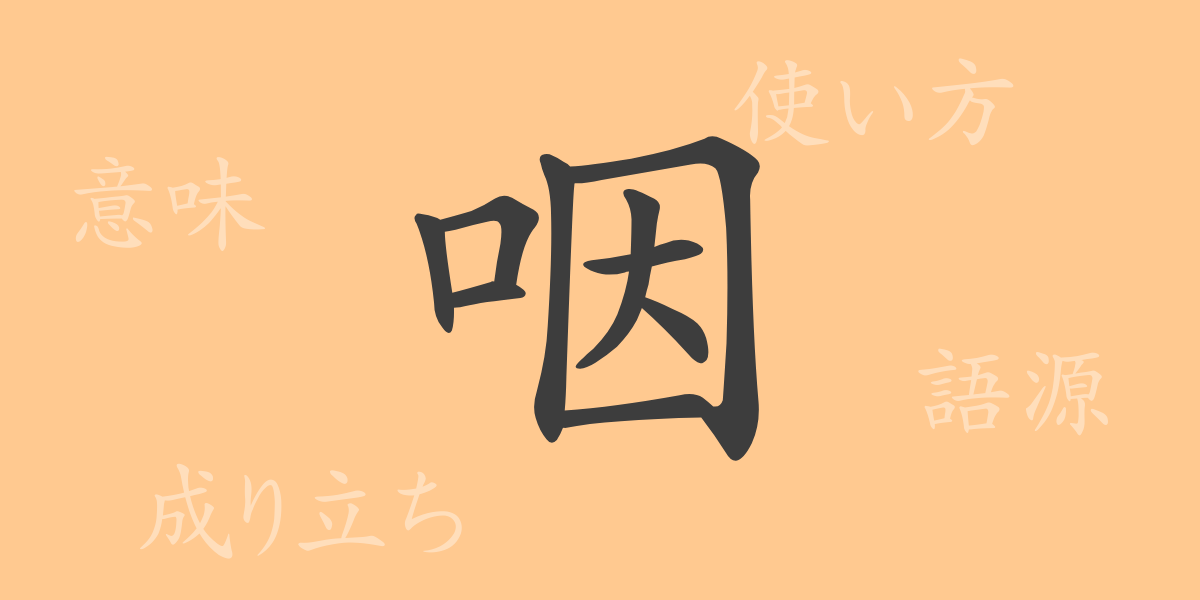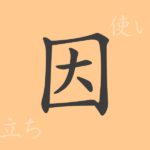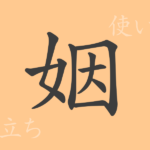“
Kanji are not just characters; they are tools conveying the profound meanings and histories of language, weaving culture and history together. This article shines a spotlight on the commonly used Kanji ‘咽’ (In), exploring its etymology, contemporary usage, and its role in idioms and proverbs, enhancing your appreciation of the rich expressions of the Japanese language.
Origins of 咽 (In)
The Kanji ‘咽’ originated from pictographs used in ancient China. Initially depicting a person with an open mouth representing the throat, it symbolized actions related to swallowing or breathing. Over time, its usage expanded to include suppressing emotions and swallowing food silently, incorporating various nuances.
Meaning and Usage of 咽
In modern Japanese, ‘咽’ primarily denotes actions and sensations associated with the throat. For example, ‘咽び泣く’ (to cry silently) illustrates the act of crying without sound, while ‘咽喉’ (Inkou) literally refers to the throat. Metaphorically, it can express the sensation of being suffocated by something or emotions welling up intensely.
Readings, Stroke Count, and Radical of 咽
‘咽’ has several readings in Japanese, with the primary ones as follows:
- Readings: On’yomi ‘In’, Kun’yomi ‘Nodo’, ‘Muse-ru’
- Stroke Count: 9 strokes.
- Radical: The radical of this Kanji is ‘口部’ (mouth radical).
Idioms, Phrases, and Proverbs Involving 咽
Idioms and phrases containing ‘咽’ often relate to the throat or breathing. ‘咽頭炎’ (Intouen) refers to throat inflammation, and ‘咽び泣く’ describes crying quietly. The proverb ‘咽から手が出る’ metaphorically expresses a strong desire for something, as if hands could come out of one’s throat in yearning.
Conclusion on 咽
We hope this article has illuminated the rich meanings and expressions associated with the Kanji ‘咽’. Each Kanji, with its cultural and historical backdrop, deepens our understanding of language, enabling richer communication. Let us continue to explore the meanings imbued in each Kanji and uncover the allure of words.
“

























